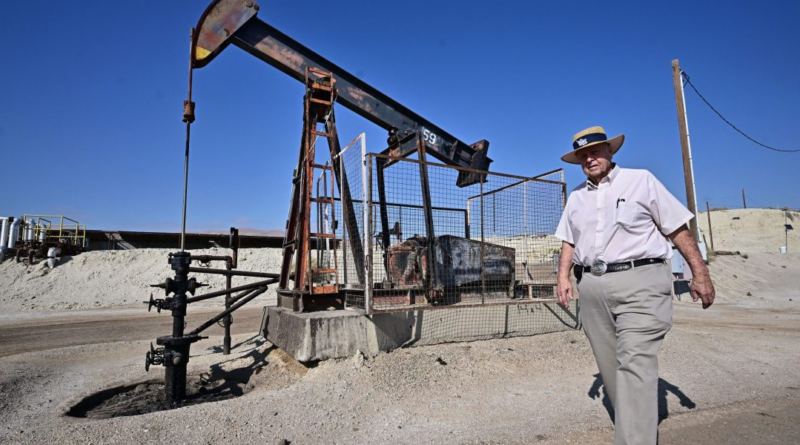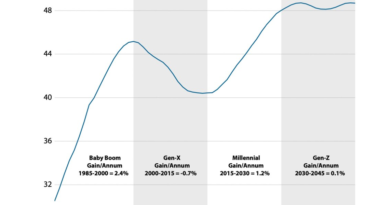Wholesale prices jumped in January, the latest sign inflation remains stubbornly sticky
Wholesale prices in the United States accelerated in January, the latest sign that some inflation pressures in the economy remain elevated. The Labor Department reported Friday that its producer price index — which tracks inflation before it reaches consumers — rose 0.3% from December to January after having fallen -0.1% from November to December. Measured year over year, producer prices rose by a mild 0.9% in January.
Core PPI inflation, which strips out volatile food and gas prices, rose even more than expected, jumping 0.5% in January compared to analysts’ expectations of a 0.1% rise.
The figures follow a surprisingly hot report this week that showed that consumer prices eased less than expected last month, signaling that the pandemic-fueled inflation surge is only gradually and fitfully coming under control. Public frustration with inflation has become a central issue in President Joe Biden’s re-election bid. Measures of inflation have plummeted from their heights and are nearing the Federal Reserve’s target level. Yet many Americans remain exasperated that average prices are still about 19% higher than they were when Biden took office.
Some of Friday’s data is used to calculate the Fed’s preferred price measure, which will be reported later this month. That gauge has been running well below the better-known consumer price index. In the second half of 2023, the Fed’s favored measure showed that prices rose at just a 2% annual rate, matching its inflation target.
Fed officials have expressed optimism that inflation is headed lower, and in December they forecast that they would cut their benchmark rate three times this year. Last year, the Fed hiked its rate to a 22-year high of about 5.4% to extend its concerted drive to conquer high inflation. Its rate hikes, which were intended to cool borrowing and spending, have made it far more expensive to obtain mortgages, take out auto and business loans or use credit cards.
“January’s string of price reports underscores the easing cycle is likely to be gradual and those calling for a rapid [descent] are likely to be disappointed,” Matthew Martin, U.S. economist at Oxford Economics, said in a note.
Should inflation return to the Fed’s 2% target, high borrowing rates would likely no longer be deemed necessary. Instead, the Fed would be expected to cut rates, which would make consumer and business loans more affordable. Some Wall Street traders and economists had expected the Fed to implement its first rate cut as soon as March. But two weeks ago, Powell made clear that a cut that month was unlikely and said the Fed needed “greater confidence” that inflation is sustainably returning to its 2% target before it would start reducing rates. Most economists now envision a rate cut in May or, perhaps more likely, in June.
“The Fed will be concerned by the January CPI and PPI reports,” Bill Adams, chief economist at Comerica Bank, said in a note. “Momentum has built up in inflation over the last few years, and persists in many corners of the economy despite lower prices for gasoline, basic foodstuffs, and durable goods. January’s inflation data will reinforce the Fed’s inclination to lower interest rates only gradually in 2024.”




